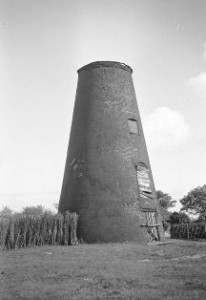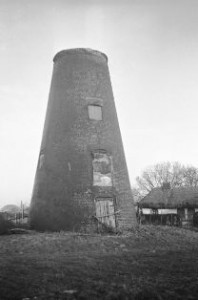Or perhaps it should be: do you know the KJV?
There’s been a lot of talk, in certain circles, about KJV this year; not least down at Canterbury Cathedral Library, where the acronym had me thoroughly confused for a while. KJV is one of the best known items in the world, and has had its followers for 400 years. Still the topic of debate, praise and criticism, it’s provided the English language with many of its well-known phrases and sayings, in some cases even resurrecting words which had gone out of use at the time it was first printed.
Have you guessed what it is yet? Yes, that’s right: the King James Version (or Authorised Version) of the Bible.
The KJV translation was begun in 1604, by six committees of academics and clergymen, each taking a section of the vast text. It took seven years to complete and was printed by the King’s printer, Robert Barker, in 1611. This was only the third authorised English translation of the Bible; the first was the Great Bible of 1539 and the second the Bishops Bible, thirty years later. Translations of the Bible into English had taken place as early as the late 14th century, with the work of John Wycliffe and his followers, whose Bible was translated from the 4th century Latin Vulgate version of St. Jerome. William Tyndale’s translation of the New Testament, the first printed in English, was taken from the Hebrew and Greek texts. Both Tyndale and Wycliffe were executed for their roles in translating the Bible and copies of their banned translations were burned.
It was only with the Reformation and the creation of the Church of England under Henry VIII that English translations of the Bible were permitted into the mainstream. The KJV is the descendant of various translations, from Wycliffe through to the Bishop’s Bible, but none of its predecessors is so commonly used and clearly valued as much as the KJV itself. Phrases such as ‘Let there be light’ (Gen. 1:3) and ‘In the beginning was the word’ (John 1:1) have become an instantly recognisable part of the Christian Bible, and of the English language. Some have suggested that the KJV is more important than Shakespeare in terms of the development of the English language.
So why not join the celebrations to mark the 400th anniversary of this remarkable book? We have a copy of the first quarto edition (1612) on display in the library foyer. The Cathedral Library‘s exhibition The Bible in English is open all next week, from 2-4pm, where you can learn more and see the original editions of the KJV, Bishop’s Bible, Coverdale and many more. Even writing a blog is educational: in the process I’ve discovered the website of the King James Bible Trust, which includes digitised images of the whole 1611 edition of KJV.
Who’d have thought there could be so much significance and interest in three letters?




